Contingency Operating Base Speicher, Iraq - In the Army, sergeants major are the driving force in making sure everything from special missions to everyday tasks within their section are carried out with precision. As the 3rd Infantry Division and Task Force Marne's operations sergeant major, Sgt. Maj. Timothy Stanley, a Pikeville, Ky., native, coordinates all efforts between division staff sections and the subordinate brigades, making sure everyone knows their job and works together to complete the mission.
Most of this coordination occurs through the Joint Operations Center, the heart of the division. Working in the JOC are representatives from each staff section and brigade, creating a central location for the distribution of information. Information passed through the JOC is used to create a real-time, operating picture. It is basically an overview of what is happening in the division's area of operations.
After graduating from high school in 1980, Sgt. Maj. Stanley attended basic combat and advanced individual training as a tank crewmember at Fort Knox, Ky., and was assigned to his first duty station in Baumholder, Germany. Over the next two decades he was assigned to multiple duty stations, including a tour as a drill sergeant training new Soldiers at Fort Knox. He was finally assigned to the 3rd ID at Fort Stewart, Ga., in 2004.
With 30 years of service under his belt, Sgt. Maj. Stanley has a wealth of experience, and is an asset to the division headquarters. This is also his third deployment to Iraq with the 3rd Infantry Division, twice with the division's 1st Heavy Brigade Combat Team and now with the division itself.
Sergeant Major Stanley was assigned to the division headquarters about a year prior to the current deployment.
"It is very much the same [at the division level as at the brigade level], just dealing with a larger staff and different levels of military command," Sgt. Maj. Stanley said. "The G-3 [operations chief] is my officer-in-charge, but I report to and deal more with the chief of staff and the commanding general. Ninety percent of my guidance comes from the chief of staff or the CG, himself."
During this deployment, Sgt. Maj. Stanley has observed many positive changes in the division staff and general progression of the unit.
"I think this deployment is progressing very well, both in the operational environment and with the camaraderie and teamwork that has been developed within the staff," said Sgt. Maj. Stanley. "There are very significant differences between now and what I saw when we first got here."
Since we arrived in Iraq, the staff sections have become a closer team, working together with fewer issues, and quickly working out differences when they arise, he added.
While deployed with 1st HBCT, first in 2004 and again in 2007, Sgt. Maj. Stanley was the brigade operations sergeant major.
"The operations sergeant major at the brigade level inherits the responsibilities for everything around the brigade headquarters," said Sgt. Maj. Stanley. "You are responsible for the staff sections and are expected to be the executive officer's and deputy commander's right-hand man, making sure that everyone is functioning and working together as a team.
"On the same token, developing and improving the appearance, inside and outside the brigade headquarters, as well as working and coordinating with the subordinate units of the brigade."
During Sgt. Maj. Stanley's last deployment with 1st HBCT, the brigade was stationed in the city of Ar Ramadi, Iraq, about 70 miles west of Baghdad, a very different scene compared to the current deployment.
"We hit Ramadi in January of 2007, it was very much a high-intensity conflict area, rather than the transition to stability operations that we are currently conducting in this deployment," explained Sgt. Maj. Stanley. "The threat was much higher, and we encountered the enemy on many more occasions than we do now."
Sergeant Major Stanley's primary supervisor, Col. Jim Crider, the operations chief for 3rd ID and fellow Kentucky native from Mayfield, Ky., looks to Sgt. Maj. Stanley to be his right-hand man.
"Every officer needs a sergeant," explained Col. Crider. "Lieutenants have a platoon sergeant and company commanders have a first sergeant, to be honest and frank and to give them proper perspective on things that are going on. Good noncommissioned officers, good leaders overall, have to ability to make things happen. Sergeant Major Stanley makes things happen. If I see a problem in the Joint Operations Center, all I have to do is mention it to him, and he will quietly spend a week or so in the JOC and correct the problem."
Sergeant Major Stanley, due to how long he has been with the division, his 30 years of experience in the Army, and the fact that almost everything in the division gets routed through the G-3 for vetting, is an informal leader of the division, Col. Crider added.
This will likely be Sgt. Maj. Stanley's final deployment. He is reaching his maximum time in service - 32 years. Returning home and spending time with his Family are among the things on his post-Army, to-do list.
"Retirement for me will happen within 15 months of redeployment," Sgt. Maj. Stanley said. "Initially, I will move right back to where I am from, Pikeville, Ky., and hang out with my mom and dad, spend a few years with them. I will seek whatever employment I can find. I do not have a specific career that I am looking to go in to. I have been Soldiering for so long, this is what I know; my way of life."
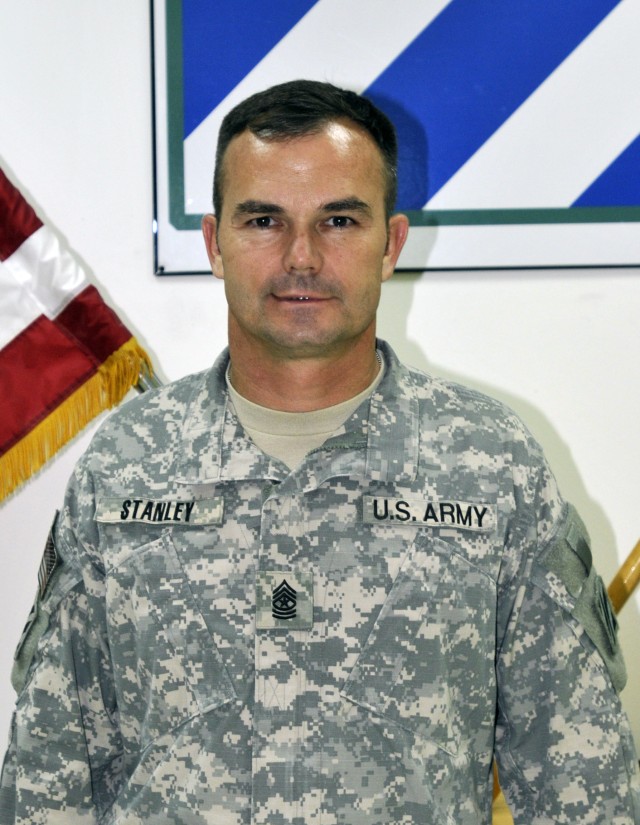
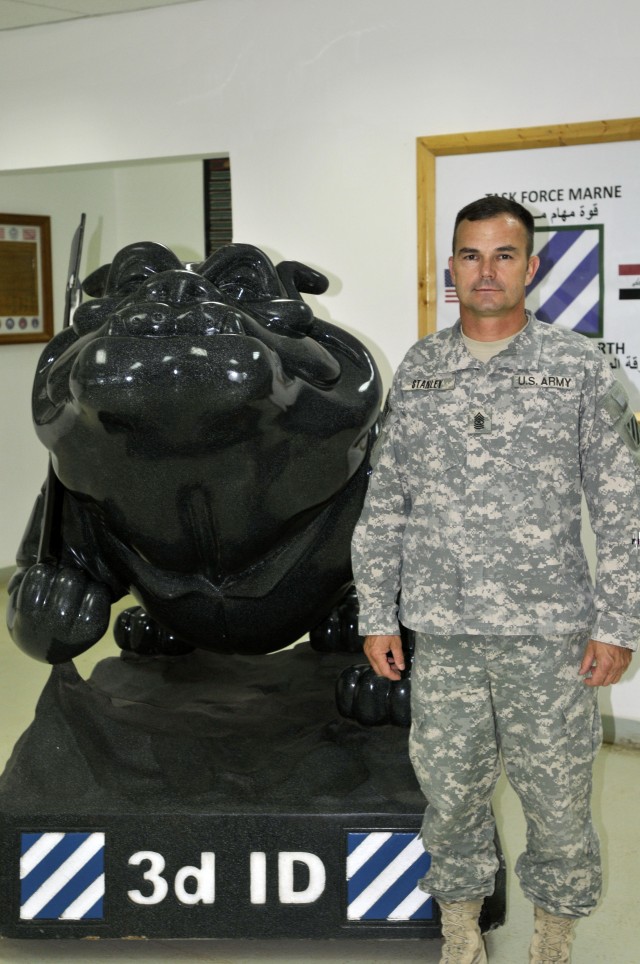
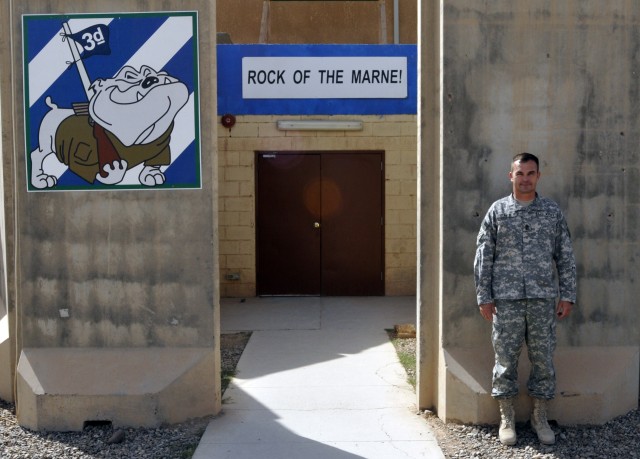
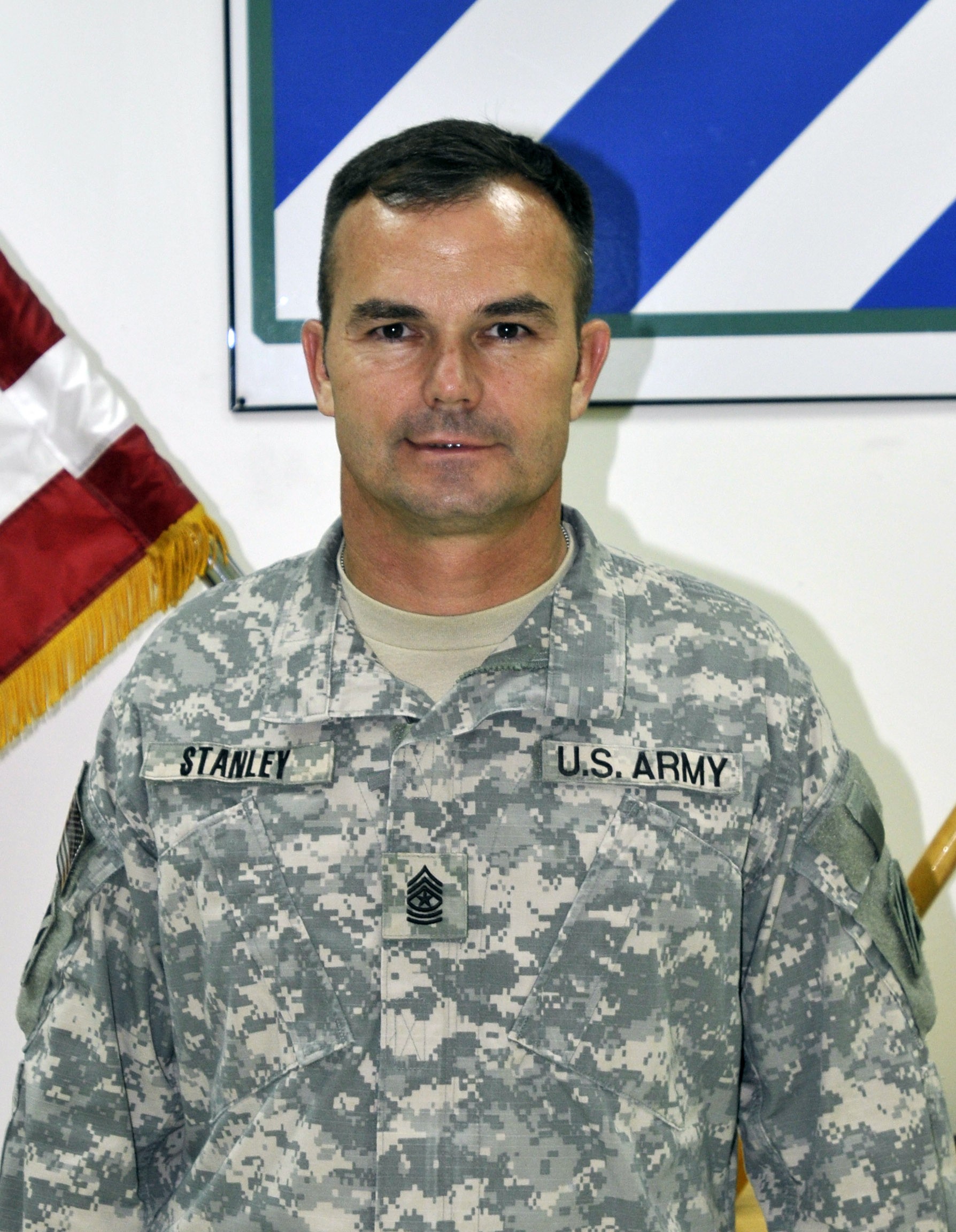
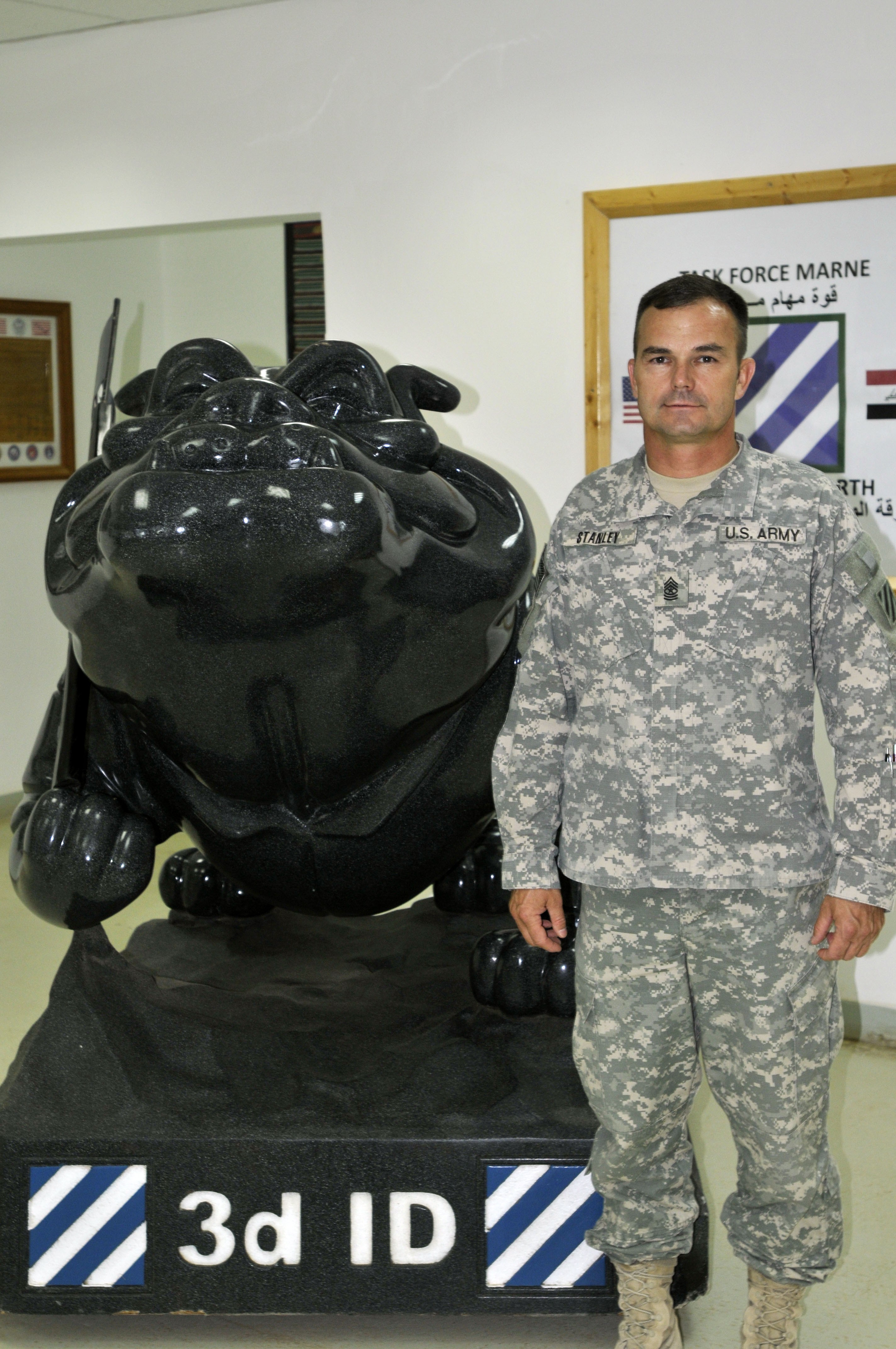

Social Sharing